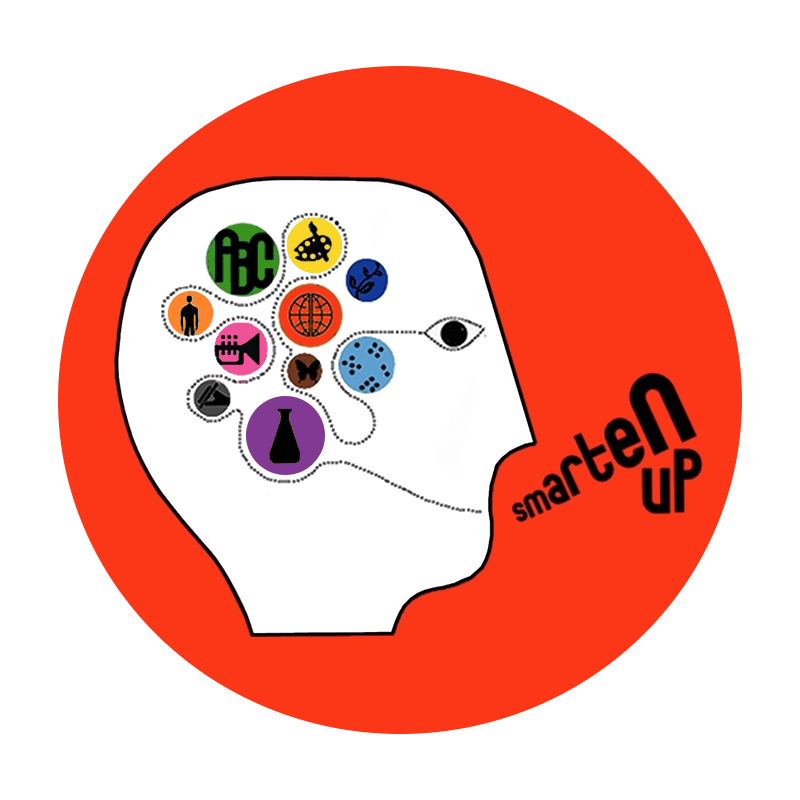Young children soak up information like a sponge, and it can be difficult to keep up with them. One way to help kids learn is by giving them books to read on their own.
Among many other topics, children’s books teach important lessons about life, relationships and what to do when you make a mistake. They also help kids develop a strong moral compass by considering multiple points of view and presenting questions about right and wrong.
Here are seven valuable life lessons reading can teach kids:
1. Be Kind to Others
Research shows that children who read have higher levels of empathy and understanding for others. Stories show kids the inner workings of other people’s minds, which can give them insight into real-life situations where friends may be hurting or angry.
Stories about kindness also tap into each child’s desire to experience it themselves. The emotions they feel while reading can shape their behavior toward others, so they can better learn to respond to people with thoughtfulness and compassion.
2. Tell the Truth
Children are not born with an innate desire to tell the truth – in fact, most kids will lie naturally to cover up mistakes or because they’re afraid of consequences for their actions. Books can be a helpful teaching tool for parents and teachers who want to show children the value of honesty.
Learning to tell the truth is a skill best developed in a loving environment. Once children experience forgiveness and compassion for their mistakes, they’ll find it easier to be open with the adults in their lives. Stories can prepare kids for this progression before they experience it themselves.
3. Face Your Fears
Children face new things every day that can frighten and overwhelm them. For instance, going to bed in the dark or attending a new school can be scary for children. To help your kids cultivate courage, have them read stories about children confronting their fears. This is one of the most important lessons for kids to learn through reading.
These stories can focus on silly topics like being scared of the dark or more serious concepts like fear of abandonment or death. Reading stories on courage can show kids how to respond to their emotions. They also demonstrate how facing your fears can often reduce or eliminate them altogether.
4. Care for the Planet
While some children love learning about the plants and animals around them, others seem naturally wired to destroy things just for fun. Teach your kids empathy and how to care for their environment by reading books that emphasize the value of all living things.
Forming a sustainable mindset early in life will help children develop into responsible, mature adults who take care of their surroundings and think through the consequences of their actions. For instance, early conversations about litter can teach kids the importance of picking up and equip them to make good environmental choices through high school and college.
5. Everyone Has Value
Children are keen observers and often the first ones to point out differences between themselves and others. Books can teach kids how to handle individuality, uniqueness, and comparison between themselves and others.
An important distinction that stories can show is that equality is not sameness. While everyone deserves love and respect, people all look, think and act differently. Books about kids who are different or lonely can help students learn how to think about others and themselves in a healthy way.
6. Believe in Yourself
Books can also help kids develop confidence in themselves. In adults, this trait is called self-efficacy. It’s the belief that you have the resources you need to meet your goals and build a full life. Some children know this intuitively, but others have to learn it.
Many children experience shyness or feel overwhelmed in new situations, and books that affirm their worth and ability can help them face these challenges with security and confidence. Stories that help kids understand perfectionism and what to do if you make a mistake are also great resources for helping kids grow in self-confidence.
7. You’re Not Alone
Children’s books are a door to the world outside of a child’s personal experience. Through reading, kids learn that while there are many different countries and cultures worldwide, people are mostly the same on the inside.
Books connect kids to the larger story of humanity and show them they’re not alone in the things they’re going through. Knowledge of this connection can give them the courage they need to hope during difficult circumstances. Books can also prepare them to help others who may be struggling.
Lessons Kids Can Learn Through Reading
Children’s stories are filled with simple messages that speak to the issues adults face every day. One of the best ways to help kids mature and prepare them for adult life is to let them read – a lot.
Through stories, kids can develop their understanding of the world around them and figure out how they fit into the larger picture. Books also help them build character and learn to be kinder, courageous and more hopeful individuals.










